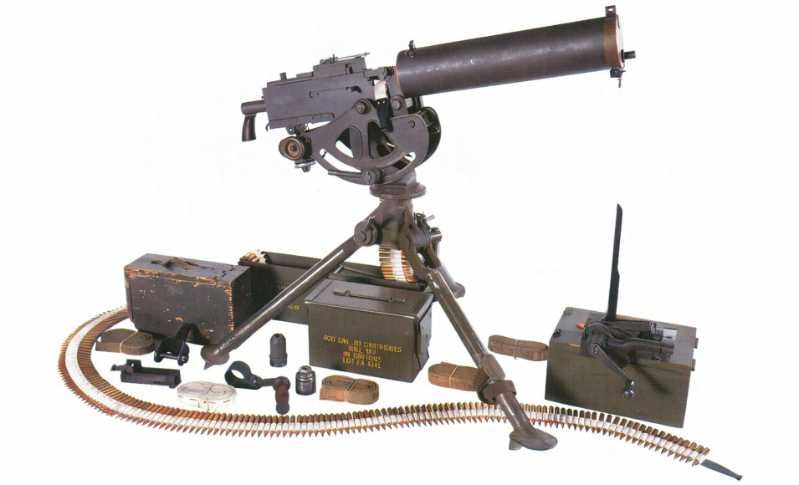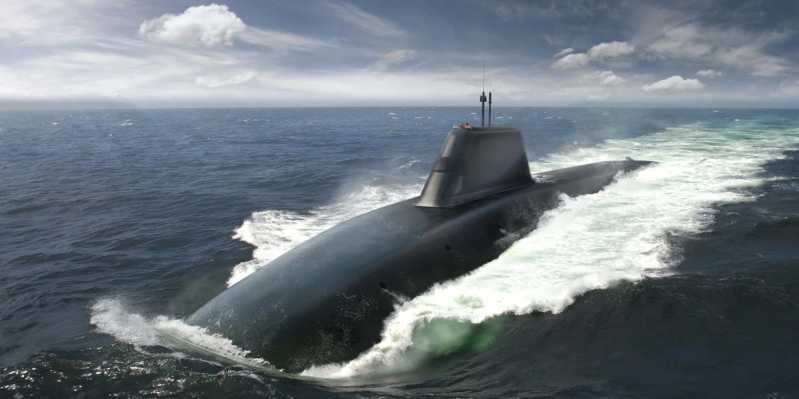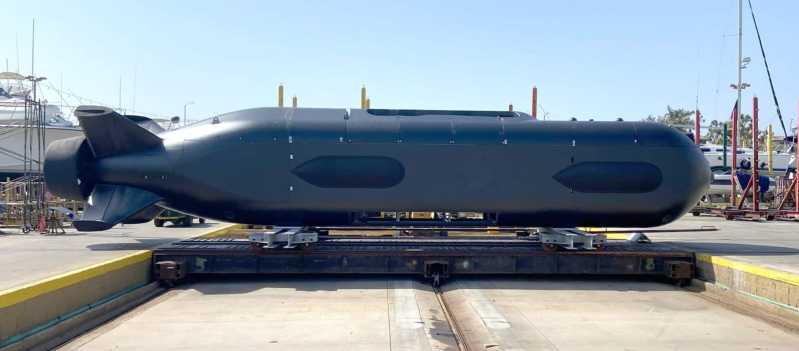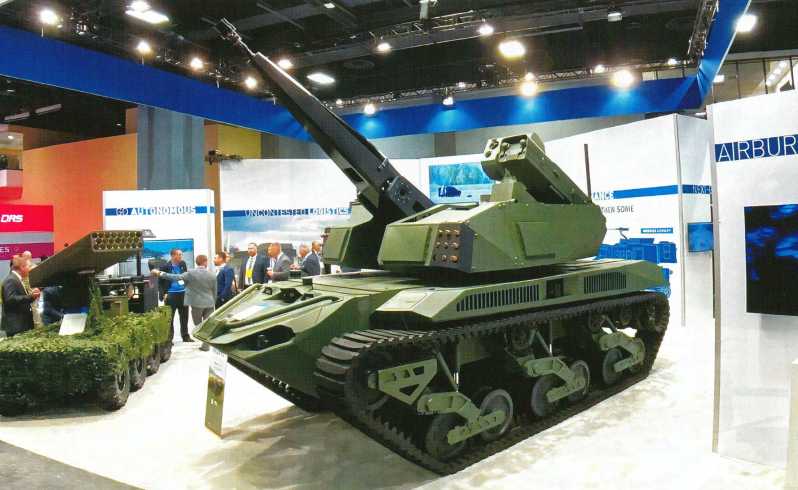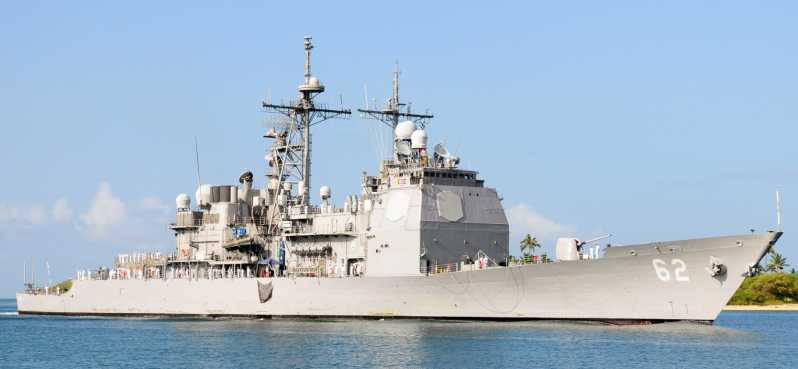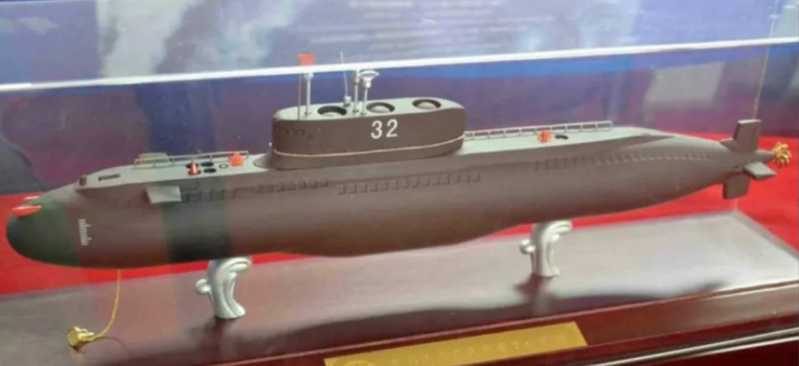In the recent Sino-Pakistani Air Force "Eagle-10" joint military exercise, the helmet display worn by the Pakistani Air Force pilots driving the J-10CE attracted widespread attention. This helmet display is undoubtedly produced in China, and what technical level its performance is compared with the current air forces of various countries is a more concerned issue. Here, we only introduce the latest development of domestic helmet displays based on public information such as the introduction of domestic helmet displays by relevant domestic scientific research and production departments during international aviation and aerospace exhibitions in recent years.
Initial development
The pilot helmet display is a system device that connects the pilot’s helmet with various sensors and optoelectronic equipment on the aircraft, and is used to display flight, navigation, aiming and other information and infrared images. The earliest pilot helmet display came out in the 1960s. During the Vietnam War, the United States installed a rotating turret on the front of the U H-1B helicopter for the first time, and developed a helmet display with aiming function for pilots, which effectively improved the combat capability of the helicopter. Fixed-wing fighter helmet displays first appeared in the 1980s. While developing the R-73 air-to-air missile with off-axis attack capability, the Soviet Union also developed a helmet display for pilots. It can display the aiming symbol on a small monocular goggle in front of the pilot’s eyes, with a field of view of 3.5~6.0 degrees, a relatively narrow display field of view, and can only be used during the day, so it is also called a helmet sight.
Although this simple helmet display can only display the aiming line but not the image, and therefore only has the aiming function, after testing, the air forces of Western countries had to admit that this very simple helmet sight combined with the R-73 air-to-air missile significantly improved the air combat capability of Soviet fighters. Subsequently, Western countries also began to actively carry out research on fighter helmet displays, and used their technological advantages in fields such as microelectronics and computers to catch up.
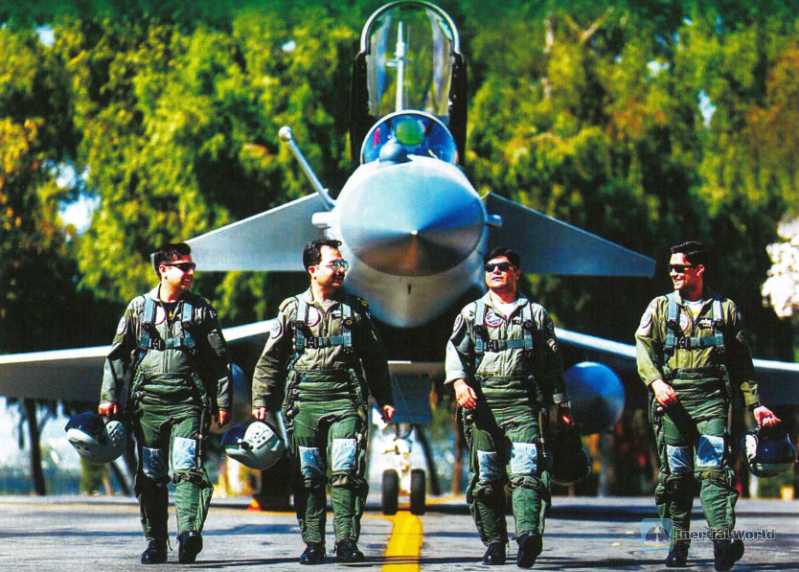
Mature products
At the turn of the century, the F-15, F-16, F/A-18 of the air forces of the United States, Europe and other countries, as well as the fourth-generation fighters of European countries, were equipped with second-generation pilot helmet displays. Among them, the American JHMCS joint helmet prompt system is the most representative.
The display of the JHMCS helmet includes a new projection module and infrared and night vision functions, which can display symbols and data information such as target position and distance, missile launch area, flight speed and altitude, various warning information, etc. in front of the pilot’s eyes, and can display target position and distance, missile launch area, flight speed and altitude, various warning information, etc., especially when using large off-axis angle missiles to attack targets, the aiming line of the missile guidance head can be determined by the pilot’s gaze, so as to lock the target and launch the missile. The infrared and night vision functions of this type of helmet display system have achieved all-weather combat capabilities.
Entering the 21st century, with the rapid development of modern microelectronics technology, display technology, and artificial intelligence technology, the cockpits of new-generation fighter jets have adopted highly integrated avionics systems and large-area touch screens to replace almost all instruments and display systems. At the same time, the newly developed third-generation helmet display has higher resolution, wider field of view, and more functions, providing pilots with comprehensive information display.
The third-generation helmet display can present almost all the information required for air combat, such as navigation information, target information, weapon information, etc., in the pilot’s field of vision, especially through the on-board distributed aperture system to achieve panoramic video image display, picture-in-picture display, battlefield video recording, and even "through the floor" and other advanced functions.
The emergence of this device not only improves the pilot’s perception and reaction speed, but also reduces the difficulty of pilots flying modern fighter jets. The third-generation helmet display is more typical of the HMDS3 equipped on the US F-35. This type of helmet display has a 360-degree field of view, allowing the pilot to see the entire airspace around the aircraft without restriction, and can lock on to enemy aircraft from any angle to launch missile attacks
System composition
From the current system composition of the pilot’s helmet display, it is mainly composed of a helmet, a helmet tracker, a computer processing device, a display component, etc. The helmet mainly plays a supporting role. The helmet tracker generally tracks the organic electroluminescent display device on the pilot’s helmet through a set of cameras installed in the cockpit to determine the exact position of the pilot’s head and the angle of sight to obtain the angular position of the target relative to the aircraft. The computer processing device processes and fuses a large amount of data and images from various information sources, and converts the information into corresponding instructions to control the onboard equipment. The display components include optical devices such as image intensifiers, lenses, and electronic components such as cathode ray tubes. It is used to display information synthesized by symbols, numbers and images in front of the pilot’s eyes. These parts are closely connected, and the performance of each part is directly related to the effectiveness of the helmet display in combat.
Since the helmet display can directly present the information needed for air combat in front of the pilot, the pilot does not need to look down at the instrument panel or look up at the head-up display from time to time as in the past. No matter where the pilot looks, he can get important combat information at any time. On the display screen of the helmet, there are various scales, symbols, and numbers, with which the pilot can know his position, where the target is, whether the onboard weapon system has been aligned or captured, etc.

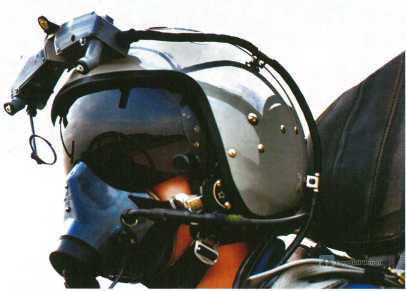
The optoelectronic/infrared sensor is installed at the front of the aircraft. The pilot observes through the images provided by the system, just like leaning out of the cockpit, and can see farther and more clearly, and can find targets faster in air combat, thus greatly enhancing the situational awareness capability. With the continuous development of electronic technology, the information pilots get from helmet displays is becoming more and more abundant and more reasonable, and the pilots’ judgment will not be disturbed by too much information.
Combat power doubled
The use of helmet displays makes the pilot and the fighter they are driving become a whole, realizing information sharing, which is particularly helpful for modern close-range air combat. In the past, when fighter pilots were engaged in close-range air combat, they had to immediately manipulate the aircraft to deflect the nose to aim at the target after visually discovering the target, because the air combat weapons, machine guns and air-to-air missiles at that time could only be fired and tracked along the axis of the carrier aircraft, so the airborne missiles had to be rotated to a certain position with the aircraft to hit the target. Since the target area that can be attacked is only a very narrow space behind its tail, and the target information observed by the pilot cannot be automatically transmitted to the airborne weapon system, it is still necessary to "bite" the tail of the enemy aircraft through complex tactical maneuvers in air combat to gain an advantageous position in air combat.
With the advent of off-boresight air-to-air missiles and the use of helmet displays, when the pilot finds a target on the display, he can lock the target through the display’s aiming line. The onboard radar and infrared observation and tracking equipment will then locate the target more accurately based on the information of the visual target, and at the same time pass the aiming command to the onboard weapon system - an off-boresight air-to-air missile or (armed helicopter) rotating turret. Missiles with large off-boresight attack capabilities can fly along their initial axis after launch, so that the pilot can hit the target by simply pressing a button without deflecting the nose of the aircraft, thereby greatly improving the reaction speed in air combat and achieving the goal of attacking and destroying enemy aircraft within sight.
In addition, helmet displays can also provide infrared images, and pilots can choose the corresponding working mode according to the intensity of external light, such as ordinary light, strong light, night light, etc. As a result, bad weather and darkness are no longer obstacles to pilots’ operations, and the aircraft has all-weather combat capabilities. In ground attack operations, the helmet display cooperates with the onboard navigation system to timely correct the position of the aircraft, and enables the pilot to find the ground target to attack through infrared images, and then guide the weapon to strike the target. Especially for helicopters, since helicopters mainly perform missions at low altitudes or even ultra-low altitudes during wartime, safe flight and improved survivability are crucial to carrying out combat missions. The use of helmet displays greatly helps helicopter pilots to timely detect and avoid ground obstacles and perform missions under complex climatic conditions.

Domestic development
From public information, the use of helmet displays for pilots of the People’s Liberation Army Air Force began with the introduction of the Russian-made Su-27 series fighter jets. From the perspective of function, it belongs to the first generation of helmet sights, which attack targets by aiming symbols on goggles with limited field of view and cooperating with Soviet-made close-range air-to-air missiles. The device was domestically produced while the Su-27 was introduced and produced domestically.
Some analysts said that the technically improved domestic helmet sights have a larger field of view, and are equipped with domestic J-10A and J-11B fighters, and with domestic "Pili"-8 air-to-air missiles with omnidirectional attack capabilities, which effectively improves the close-range air combat capabilities of domestic fighters. However, as mentioned earlier, although the first generation of helmet sights is simple and practical, its functions are relatively single and cannot provide other information such as flight, navigation, and images. Therefore, it still lags behind the air forces of the United States and Europe in the same period in this equipment technology field.
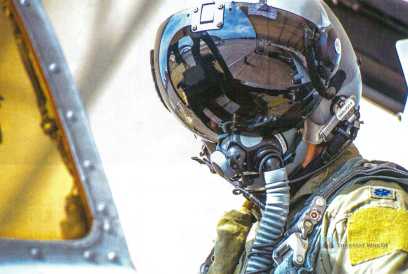
During the 10th China Aviation and Aerospace Exhibition in 2014, AVIC publicly displayed a domestically developed fighter concept cockpit, and the pilot mannequin in the concept cockpit wore a new type of helmet. According to the technical personnel of the participating units, the domestically developed new concept cockpit has the capabilities of comprehensive control, comprehensive processing, and comprehensive display, and adopts a highly integrated design. The helmet display system used can display information including flight parameters, situational awareness, fire control data, etc., and can obtain images from the camera outside the fuselage. The pilot can observe all angles outside the aircraft from the helmet display and quickly track, lock, and attack the target with missiles. The system can greatly improve the pilot’s perception of the battlefield situation and close-range air combat capabilities.
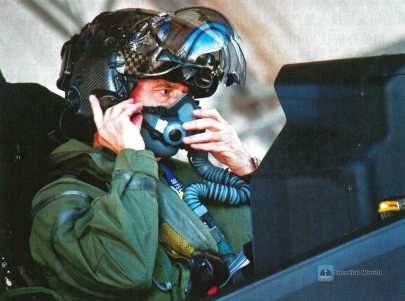
The exhibitor also said that the domestically developed helmet display system has been finalized. The public display of the domestic new generation helmet display system shows that China has surpassed the foreign second-generation helmet display system in this technical field and is close to the level of its third-generation helmet display system. The outside world also speculates that the Chinese Air Force’s J-10C, J-16, and J-20, which have been in service in recent years, have equipped pilots with domestic new helmet display systems. But people rarely have the opportunity to use public Chinese Air Force training images to confirm the above speculation.
During the Sino-Pakistani Air Force "Eagle-10" joint military exercise, close-up images of Pakistani Air Force pilots wearing helmet displays on J-10CEs enabled the outside world to observe and study the system more clearly. By comparing the pilot helmet displays of the Pakistani Air Force J-10CEs with the domestically produced new pilot helmets exhibited at the Zhuhai Air Show, it can be seen that the two are basically the same from appearance to details.

As mentioned above, according to the technical personnel of the participating units during the air show, the domestically produced new helmet displays have the ability to display flight parameters, situation information, weapons and fire control information, and guide large off-boresight angle missiles and some air-to-surface strike weapons, and even integrate night vision and real-scene enhancement systems. Considering that the development and mass production time of domestically produced J-10C, J-16 and other third-generation and a half fighters is very close to that of the J-20 stealth fighter, relevant analysis believes that the J-10C, J-16 and even J-20 currently in service in the Chinese Air Force are equipped with domestically produced new helmet displays. In addition, in order to further improve the combat capabilities of the J-10C, J-16 and other third-generation and a half fighters, it is very likely that some advanced technologies and systems of the J-20, such as the optoelectronic distributed aperture system, have been transplanted.
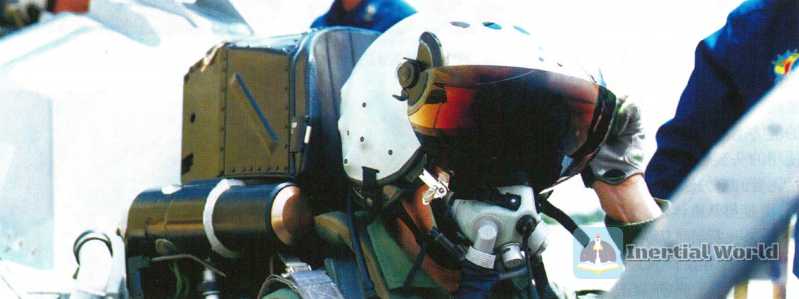
The domestically produced new helmet display is used in the main fighters of the Chinese Air Force, such as the J-10C, J-16, and J-20, so that the above-mentioned domestically produced new fighters have better battlefield situation awareness capabilities. As we all know, the domestically produced new main fighters are equipped with advanced active phased array radars, optoelectronic detection systems, and electronic warfare systems. Combined with advanced helmet displays, pilots can efficiently obtain various combat information during air combat maneuvers without having to frequently look down at the cockpit display screen. In conjunction with the domestically produced new generation of "Pili"-10 and other air-to-air missiles with large off-axis attack performance, pilots can lock on to targets and attack more quickly in air combat. At that time, the pilot only needs to look at the target, and the helmet will display relevant information, automatically aim and lock on the target, and can even attack targets that deviate from their own flight direction by more than 90 degrees, thereby greatly improving the overall combat effectiveness of the equipment.
Conclusion
Overall, China has greatly narrowed the gap with the most advanced level in the field of pilot helmet display system technology, which is undoubtedly of great significance to improving the combat effectiveness of the People’s Air Force and consolidating national defense.
With the continuous development of avionics technology, helmet display systems are still developing towards further integration and lightweight. The future helmet display system not only integrates information display, situational awareness, weapon aiming, firepower strike, battlefield assessment and other functions, but also integrates various functions, further optimizes the system structure, and maximizes the system function.
In view of the fact that the current helmet display system still has the disadvantage of heavy weight causing discomfort to the pilot’s neck, and considering that the function of the helmet display system is becoming increasingly powerful, the weight is still on the rise. It has become an urgent task to use lighter helmet materials and smaller and lighter electronic components to reduce the weight of the helmet. I believe that through the unremitting efforts of national defense researchers, domestic aviation weapons and equipment will definitely achieve a comprehensive surpass of foreign advanced technologies.




